Ski Gear Essentials: What You Need for a Day on the Slopes
Ever went skiing without the proper gear? It’s like trying to conquer a black diamond run in snowshoes – you’ll end up floundering in the powder and longing for the comfort of a cozy lodge. From staying warm and comfortable to ensuring safety, having the right ski gear is essential. Whether you’re a seasoned pro or a newbie hitting the slopes for the first time, here’s what you need for an enjoyable day on the slopes.
Ski Apparel
Base Layer
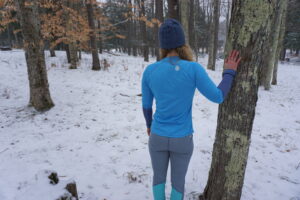 Start with a moisture-wicking base layer made from synthetic materials like polyester or natural fibers like merino wool. Avoid cotton as it retains moisture, which can leave you feeling cold and damp. A good base layer will keep sweat away from your skin, helping to regulate your body temperature and keep you comfortable all day.
Start with a moisture-wicking base layer made from synthetic materials like polyester or natural fibers like merino wool. Avoid cotton as it retains moisture, which can leave you feeling cold and damp. A good base layer will keep sweat away from your skin, helping to regulate your body temperature and keep you comfortable all day.
Mid Layer
Add an insulating layer such as a fleece or down jacket over your base layer to trap heat and provide extra warmth. Again, choose synthetic or wool materials for optimal moisture management and insulation. Fleece is lightweight and breathable, while down offers superior warmth-to-weight ratio.
Ski Jacket and Pants
Invest in a waterproof and windproof ski jacket and pants to protect you from the elements. Look for features like sealed seams, adjustable cuffs, and ventilation zippers for added comfort and versatility. Outerwear made from breathable materials like Gore-Tex or eVent will keep you dry without overheating.
Gloves or Mittens
Keep your hands warm and dry with insulated gloves or mittens. Look for options with waterproof and breathable membranes, as well as features like wrist cinches and touchscreen compatibility for added convenience.
Socks
Don’t overlook the importance of socks when it comes to ski apparel. Choose moisture-wicking socks made from synthetic fibers or merino wool to keep your feet dry and blister-free. Avoid cotton socks, as they retain moisture and can lead to cold, damp feet.
Beanie/Winter Hat
Keep your head warm and cozy with a beanie or winter hat. Look for options made from insulating materials like fleece or wool, with a snug fit to trap heat and cover your ears. If you plan on wearing a helmet (which is always recommended), you’ll want something that fits comfortably underneath.
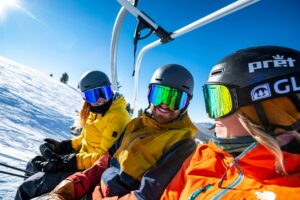
Neck Gaiter
Protect your neck and face from cold winds and snow with a neck gaiter or scarf. Choose a soft and breathable fabric that can be easily adjusted for comfort, and consider options with built-in moisture-wicking and UV protection properties. For even more coverage in sub-freezing temps, opt for a non-cotton balaclava or ski mask.
Goggles
Protect your eyes from wind, snow, and UV rays with a quality pair of ski goggles. Look for goggles with interchangeable lenses, anti-fog coatings, and helmet compatibility for optimal performance on the slopes.
Ski Equipment
Skis
Select skis that are appropriate for your skill level, skiing style, and the terrain you’ll be skiing on. Consider factors like length, width, and shape when choosing skis, and don’t hesitate to seek advice from a knowledgeable ski shop staff member if you’re unsure.
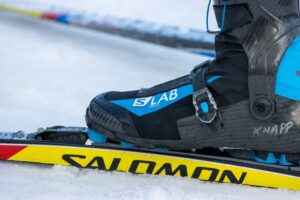 Boots
Boots
Properly fitting ski boots are essential for control and comfort on the slopes. Visit a reputable ski shop for a professional boot fitting, and don’t settle for boots that are too tight or too loose. Look for boots with features like adjustable buckles and customizable liners for a personalized fit.
Bindings
Bindings are what connect your boots to your skis, so it’s crucial to ensure they are properly adjusted and maintained for safety. Check that your bindings are compatible with your boots and have been set to the correct release tension based on your weight, height, and skiing ability.
Poles
Ski poles help with balance and propulsion while skiing. Choose poles that are the right length for your height and skiing style, with comfortable grips and durable construction.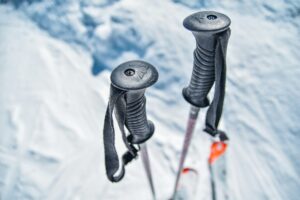
Safety Equipment
Helmet
Protect your head from injury with a properly fitting ski helmet. Look for helmets with adjustable ventilation, removable ear pads, and MIPS technology for added protection against rotational forces during a fall.
Avalanche Safety Gear
If you’ll be skiing in backcountry terrain, avalanche safety gear is essential. This includes an avalanche transceiver, shovel, and probe, as well as proper training in avalanche awareness and rescue techniques.
First Aid Kit
Accidents can happen on the slopes, so it’s wise to carry a basic first aid kit with essentials like bandages, pain relievers, and blister treatment.
Other Accessories
Backpack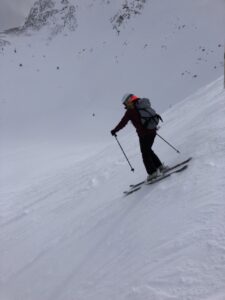
A backpack is handy for carrying essentials like water, snacks, extra layers, and sunscreen. Look for a backpack with padded shoulder straps, a hydration system compatibility, and ski or snowboard carry options for added convenience.
Hydration Reservoir/Water Bladder
Stay hydrated on the slopes with a hydration reservoir or water bladder. These convenient systems fit inside your backpack and allow you to sip water hands-free through a hose, so you can stay focused on skiing without having to stop for a drink.
Ski Wax
Keep your skis gliding smoothly over the snow with regular waxing. Choose a wax appropriate for the snow conditions you’ll be skiing in, and don’t forget to bring along a waxing iron and scraper for on-the-go maintenance.
Goggle Wipes
Keep your goggles clean and fog-free with goggle wipes. These handy wipes are specially formulated to remove dirt, oil, and smudges from goggle lenses without scratching or streaking.
Final Thoughts
Having the right ski gear can make all the difference in your skiing experience. From staying warm and dry to ensuring safety on the mountain, each piece of equipment plays a vital role in your enjoyment and performance. By investing in quality gear that fits properly and is suited to your skill level and skiing style, you can hit the slopes with confidence and make the most of every run. So, before your next ski trip, be sure to check off all the essentials on your gear list.
Featured Resorts

Killington Resort

Pico Mountain

Mammoth Mountain

Palisades Tahoe
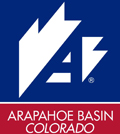
Arapahoe Basin

Aspen Snowmass

